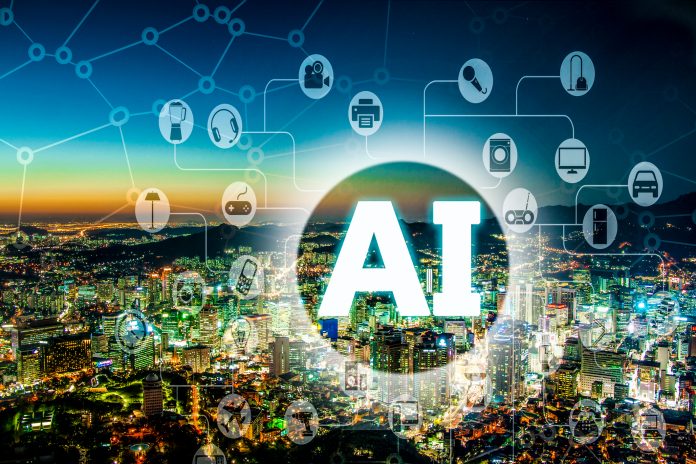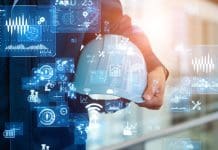Over the past decade, we have grown used to hearing of smart buildings and smart devices without there necessarily being any agreed definition of what they mean – the BSRIA explores why
In building services, as in much of life, it is often hard to distinguish between reality and hype.
Now there is more talk of applying Artificial Intelligence (AI) to everything from building design to service and maintenance but, again, without always being clear what lies behind the claim.
Artificial Intelligence implies much more than the ability to follow detailed programs or instructions, however complex. It entails at least some degree of “learning” ability, to take information gathered in one situation or series of instances and apply it in a different scenario.
It ranges from “weak AI”, which focuses on adapting itself to perform very specific tasks more efficiently, to “strong AI”, which has much more general application, more akin to a human brain. AI often deploys “machine learning” to recognise which that can’t be deduced by rules alone.
We have all experienced the joys and frustrations of voice-activated devices, as increasingly used in buildings. Learning to recognise and interpret voice commands is a classic example of AI in buildings. A (much simplified) example, in a lift, might look like this.
At BSRIA Worldwide Market Intelligence, we decided that this was a good time to look at what AI was already capable of in building services and what we are likely to see soon.
Artificial Intelligence in buildings
It is important to stress that AI in buildings is still at a very early stage and claims about its use should be viewed with caution. However, progress is rapid and likely to remain so.
Part of the key power of AI lies in its ability to compare a huge range of different scenarios far more quickly and accurately than any human could. This capability comes to the fore in the design and construction phases of a building. With access to enough data, AI can try many different design options and compare costings, likely energy performance and other factors.
AI can also identify common problems and bottlenecks and safety risks encountered during a construction project and recommend solutions.
Once the building is up and running, service and maintenance provides another ideal application for AI. Malfunctioning of building equipment can cause disruption, lost revenue and even endanger lives. By tapping into and analysing the stream of data available from more and more HVAC, security and other building services AI can identify the tell-tale warning signs of failure, enabling predictive maintenance. This both reduces down-times and the cost of maintenance.
AI has a huge potential role when it comes to solving some of the key challenges faced today. With buildings accounting for some 40% of energy consumed, they face a twin challenge of both improving energy efficient and of maximising use of green and renewal energy. Accordingly, we are likely to see increased use of energy generated on-site, through solar PV, wind power, combined heat and power or other means.
Complex and continual calculations are needed to decide whether it is best to use energy from onsite sources directly, store it (eg in batteries) or export it to the grid. AI can ensure that these decisions are taken in real time, based on up-to-date information.
The Covid-19 pandemic has promoted health and wellbeing in buildings from a “nice to have” to something that will be needed to make people confident that they can return to buildings.
There are already wearable devices that can track people’s physical states and communicate information to the building system, which can use this to adjust things like temperatures and ventilation rates in different areas. AI also has the potential to identify possible signs of infection in people in the building.
These uses, of course, carry their own “health warning” in that they raise very real concerns about data privacy and consent. As AI becomes more sophisticated and more human, these concerns are likely to grow.
AI works best when it has access to the maximum amount and variety of data from different sources and helps us understand the complex ways in which building systems interact, in ways that are both intentional and unintentional. AI is likely to increase the impetus towards more converged and integrated building solutions and towards more connected buildings.
BSRIA’s latest white paper, Artificial Intelligence in buildings: The Silent Revolution explores these uses and some of the other key ones.
Henry Lawson
Senior Market Research Consultant
BSRIA Worldwide Market Intelligence
Tel: +44 (0) 1344 465600
LinkedIn: bsria
Twitter: bsria
Please note: this is a commercial profile.














